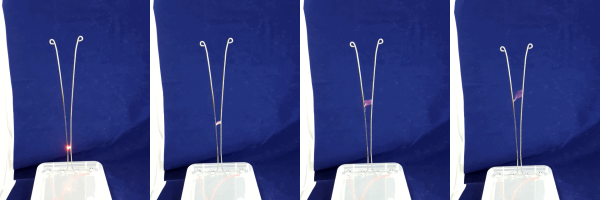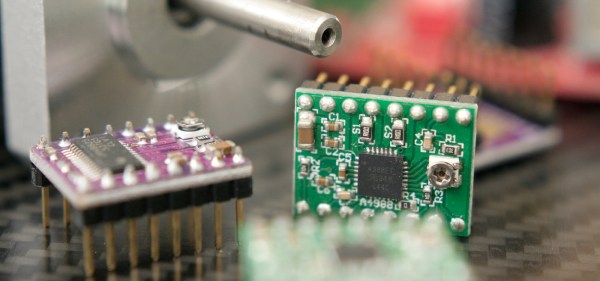If you’re like us, you spend most of your time in front of a computer keyboard, wondering where your life went wrong. [AnonymouSmst] has a slightly more positive outlook on life, which led them to create a truly DIY keyboard with OLEDs, Bluetooth, NFC, Analog joysticks, an ‘Internet of Things thingy’, local storage, and ostentatious backlighting. It’s a 1337 h4x0r keyboard, and one of the coolest input devices we’ve seen since that weird GameCube controller.
[AnonymouSmst] was one of the very elite, very privileged hackers that made it out to the Hackaday Munich meetup where [sprite_tm] first demoed his firmware hack that allowed anyone to play Snake on a keyboard. Here, the idea of building the ultimate keyboard was planted, and [mst] quickly began researching which keyswitches to use. Apparently, [mst] hates his neighbors and chose the obnoxiously loud Cherry Blues.
To a standard 60% keyboard layout, [AnonymouSmst] added a lot of hardware you don’t usually see in even the most spectacular mechanical keyboard builds. A few dozen WS2812 RGB LEDs were added to the build, as was an Adafruit Bluefruit module, an NFC reader, a LORA module and a ESP8266 for WiFi capability, an OLED display just because, and two analog joysticks on either side, one acting as the arrow cluster the other acting as a mouse.
We’ve seen dozens of mechanical keyboard builds over the years, but this takes the entire concept of a DIY keyboard to the next level. It’s bright, shiney, glowey, and a vulgar display of conspicuous consumption and engineering prowess. It is the perfect keyboard, if only because it was designed and built by the person who would ultimately wield it.














 If your project didn’t make the cut, there’s still an oppurtunity for you to build the next great piece of hardware for The Hackaday Prize. The
If your project didn’t make the cut, there’s still an oppurtunity for you to build the next great piece of hardware for The Hackaday Prize. The 









